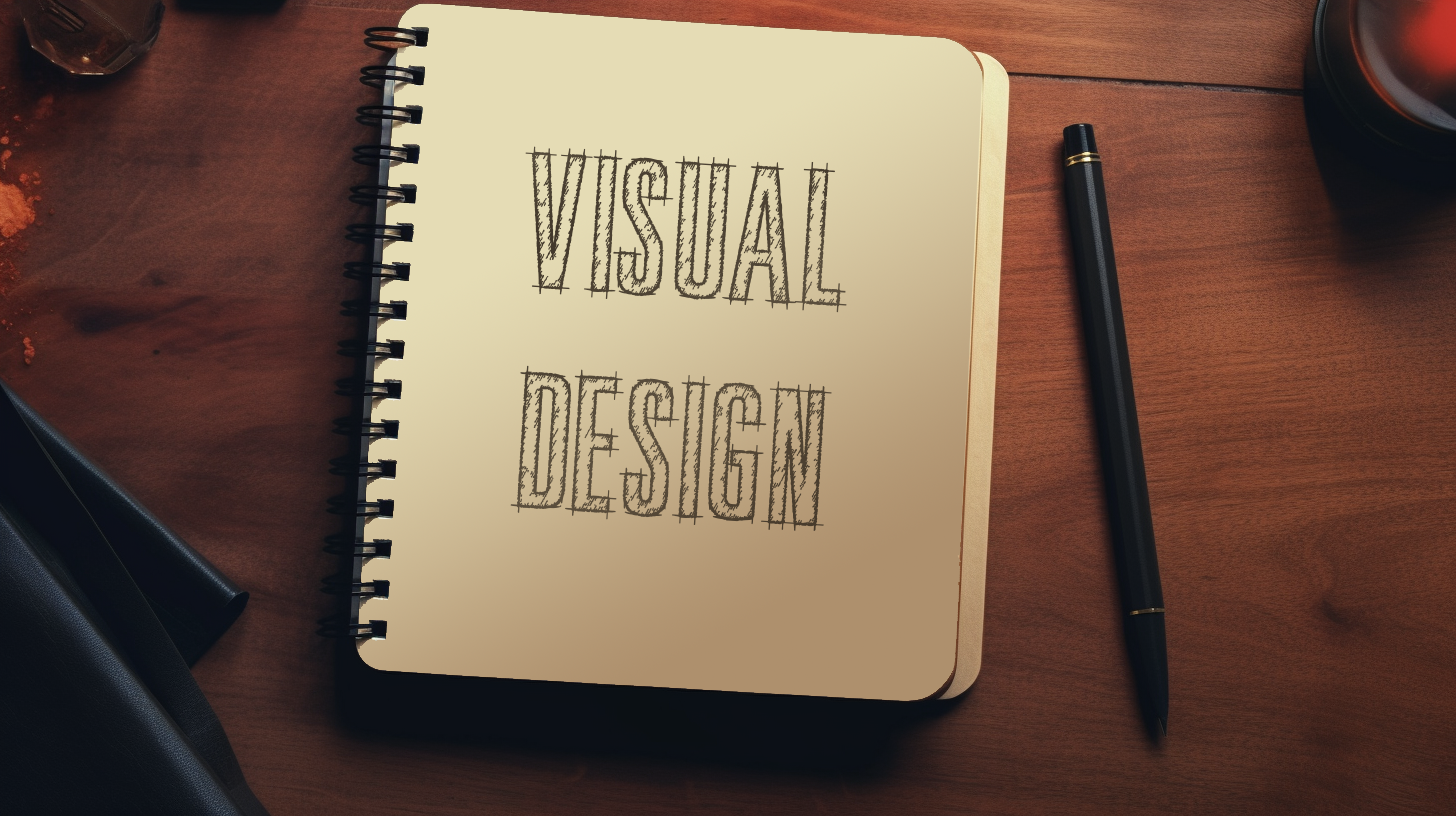Branding is an essential part of a company's success in today's competitive markets. The company's visual identity is one of the most important factors in building the brand and distinguishing it from competitors. In this blog article, we will examine the significance of designing the company's visual identity and provide tips for a professional approach to visual identity design.
The Importance of Visual Identity in Branding
The visual identity of a company is an essential part of successful branding in today's competitive markets. It encompasses all the visual elements related to the company's brand and its communication. The significance of designing a visual identity is multifaceted, as it directly impacts brand recognition, differentiation from competitors, building trust among customers, and supporting consistent communication across various channels.
A company's visual identity can also achieve a competitive advantage by attracting customers and strengthening the brand. Professional design of the visual identity requires careful consideration and a strategic approach to create a cohesive and appealing visual composition that reflects the company's identity and brand values.
Defining a company's identity
Before designing the visual identity, it is important to understand the company's identity and brand values. Here are some steps to determine a company's identity:
- Determine the values, vision, and mission that guide the company's operations. These serve as the foundation for creating a visual identity that reflects the company's core values and goals.
- Identify your target audience and understand their needs, preferences, and expectations. In designing the visual identity, it is important to create visual elements that resonate with the target audience and attract them.
- Research the visual identity and branding of your competitors. This will help you differentiate yourself from the competition and create a unique visual identity. At the same time, you can learn from the strengths and weaknesses of your competitors' visual communication.
- The company's visual identity should reflect the brand's personality and style. Determine the desired atmosphere and impression you want your company to convey, and ensure that the visual identity supports this.
Elements of Visual Identity
Designing a visual identity involves several elements that should be carefully considered:
- Logo: The logo is indeed the most recognizable and central element of a brand. When designing a logo, it is important to create a design that is simple, easily recognizable, and scalable for various applications.
- Color palette Selecting an appropriate color palette that supports the brand's message and evokes the desired atmosphere is crucial. Colors have the power to evoke emotions and influence customers' perception of a company.
- Typography Selecting the right typography is important as it should be easily readable and reflect the brand's personality. By using different fonts for headings, body text, and other elements, you can create hierarchy and visual interest.
- Pictures and Design Choose images and graphics that support the brand's message and create visual interest. Ensure that the images are of high quality and align well with the brand's visual identity.
Consistency and coherence
A consistent visual identity is crucial in brand building. Here are a few tips to ensure consistency and coherence:
- Create clear guidelines for the use of visual identity across different channels and materials. This ensures that all brand representatives understand and adhere to the visual identity.
- Create a brand style guide that includes detailed instructions for the use of visual identity elements. Specify guidelines for logo usage, color palette, typography, and image style. This style guide will serve as a framework for all brand representatives.
- Review and update all company materials, such as websites, social media profiles, printed materials, and presentation templates, to align with the new visual identity. Ensure that all visual elements are consistent and up to date.
- Organize training sessions and workshops where staff members learn how to correctly use the elements of the visual identity. This helps ensure that all brand representatives are aware of the importance of the visual identity and are capable of utilizing it effectively.
- Communicate the importance of the company's visual identity and the significance of consistency to all employees. Encourage them to adhere to the visual identity in their own work and to promote it in external interactions as well.
Tracking and ongoing development
Tracking and continuous improvement are key aspects of visual identity design. Here are a few tips to ensure effective monitoring and ongoing development:
- Gather feedback. Seek feedback from customers and stakeholders on the visual identity and its impact on the brand. This helps identify strengths and areas for improvement.
- Track competitors. Stay up-to-date with competitors' visual identities and trends. This allows you to quickly respond to changing marketing conditions and ensure that your company's visual identity remains current and competitive.
- Try and Test. Be open to trying new ideas and conducting small-scale testing before implementing significant changes. Conduct A/B tests with different visual elements, such as color palettes or fonts, and analyze the results. This allows you to optimize the visual identity and make improvements based on the findings.
- Keep visual identity up to date. Stay updated in the evolving marketing landscape and ensure that the visual identity remains fresh and contemporary. Make necessary updates and adapt to new trends and technologies when needed.
- Internal and external collaboration. Seek the assistance of professionals in the design and development of the visual identity. Collaborate with graphic designers, marketing agencies, or brand consultants to ensure the best possible outcome.
Summary
The visual identity of a company is of paramount importance in successful branding. Carefully designed and consistent visual elements help a company stand out from competitors, build trust among customers, and support cohesive communication. When designing a company's visual identity, it is crucial to define its identity, utilize appropriate visual elements, and ensure consistency across different channels and materials. Monitoring and continuous development are essential for the long-term success of the visual identity. By staying informed about market changes and listening to customer feedback, you can constantly improve and refine your company's visual identity. Adopting a professional approach to visual identity design helps a company establish a strong brand and thrive in competitive markets.


